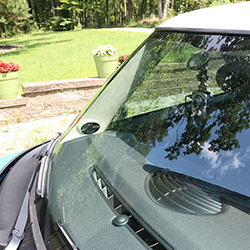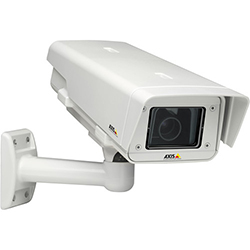
Fixed Cameras
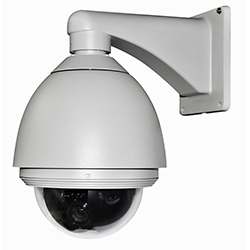
PTZ Cameras
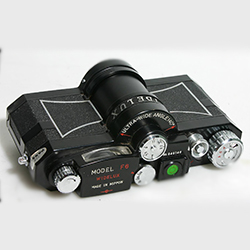
Panoramic Cameras
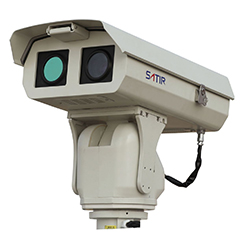
Thermal Cameras
Thermal sensors and cameras create video images from infrared heat waves.
-
Thermal (Un-cooled)
Infrared is a part of the electromagnetic spectrum with wavelengths that are longer than visible light. Infrared is typically divided into near, mid, long and extreme and is measured in units known as microns or nanometers. Thermal technology detects infrared energy in the mid-wave infrared (MWIR) spectrum at 3-5 microns or long-wave infrared (LWIR) at 8-12 microns. Day or night, in any environment, every person, object and structure emits infrared waves.
The warmer an object, the more energy it emits. Infrared energy emitted by a viewed scene is focused through the specialized objective lens assembly of an infrared camera on to the camera's focal plane array (FPA). The FPA uses materials that respond by generating electrical impulses when infrared energy strikes it. These electrical impulses are then sent in the form of temperature values to an image signal processor that turns them into video data for presentation on a display.
The warmer an object, the more energy it emits. Infrared energy emitted by a viewed scene is focused through the specialized objective lens assembly of an infrared camera on to the camera's focal plane array (FPA). The FPA uses materials that respond by generating electrical impulses when infrared energy strikes it. These electrical impulses are then sent in the form of temperature values to an image signal processor that turns them into video data for presentation on a display.
Uncooled thermal imagers use detectors that are either stabilized to temperatures between -30°C to +30°C or are not stabilized at all.
Benefits of uncooled thermal:
- Low maintenance
- Lower costs
- Reliable
-
Thermal (Cooled)
Two types of thermal technology are available, each with its own advantages.
For some applications, especially for long range detection, it is advisable to use “cooled” sensors. These sensors utilize a highly efficient cryogenic cooler that enables the detector to sense smaller differences in infrared emissions. Cooled technology can often capture images at a greater distance, produce a higher-resolution image and operate with smaller optics.
Benefits of cooled thermal:
- Very sensitive to temperature change
- High sensitivity = longer range
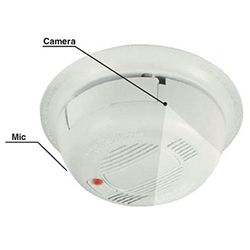
Covert Cameras
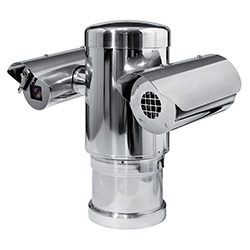
Explosion Proof Cameras
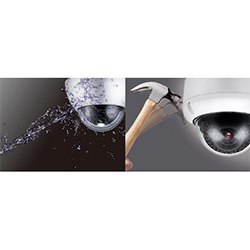
Vandal Proof Cameras
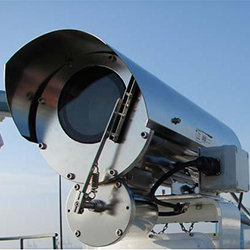
Long Range Cameras
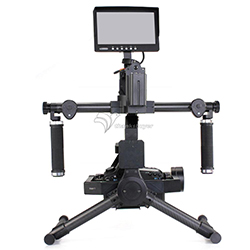
Gyrostabilizer Cameras
